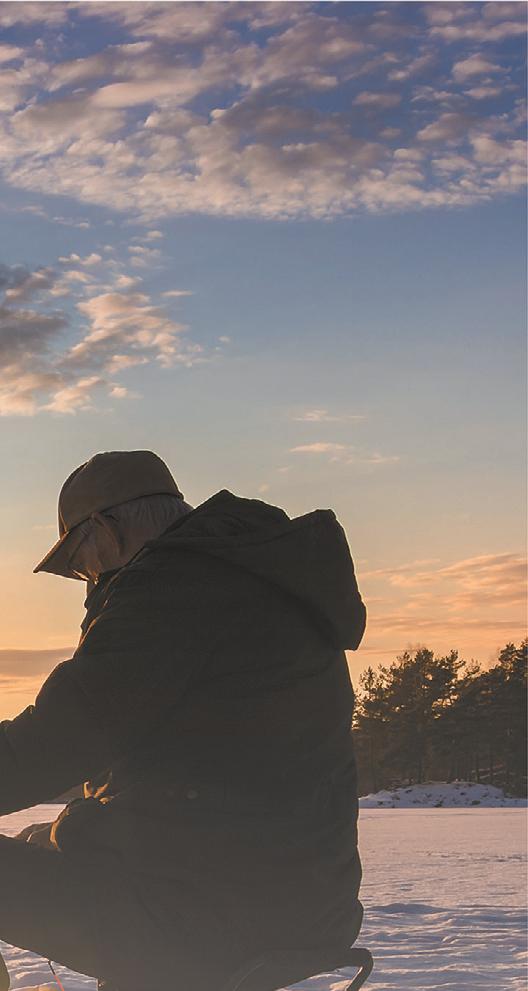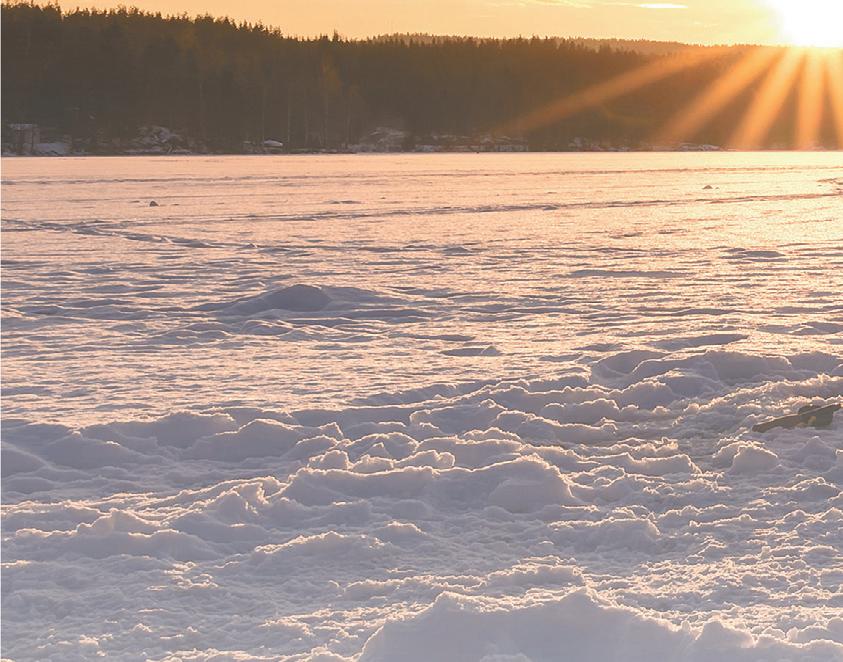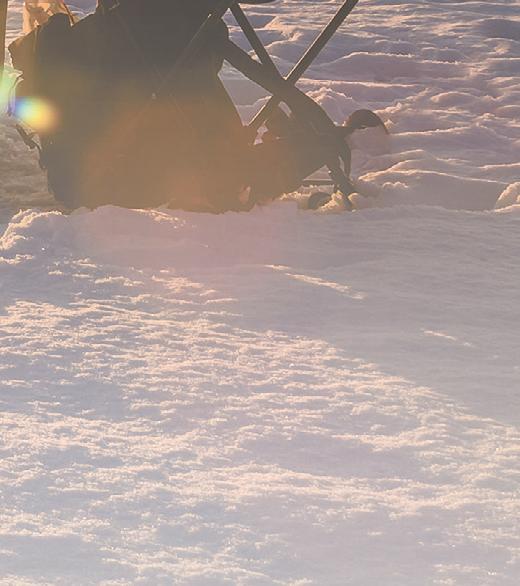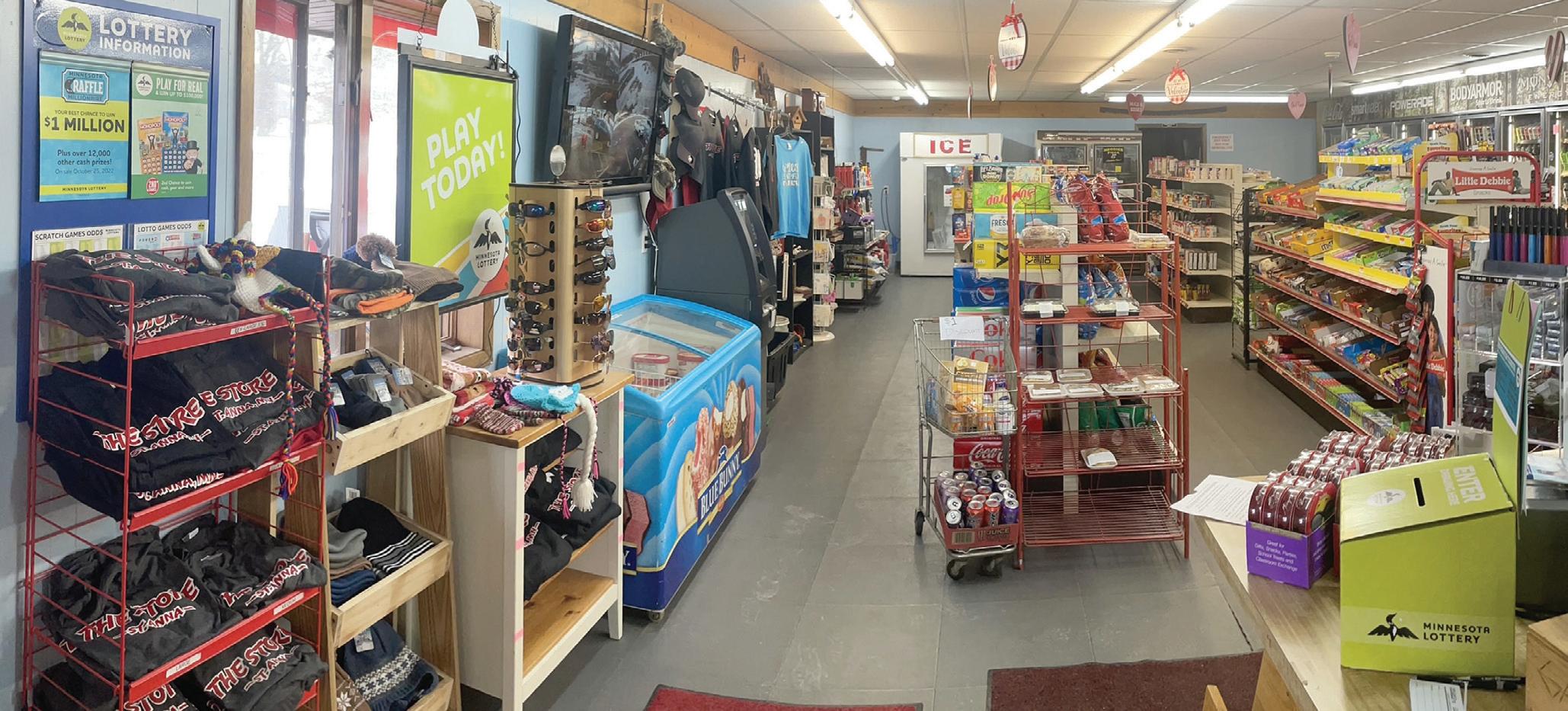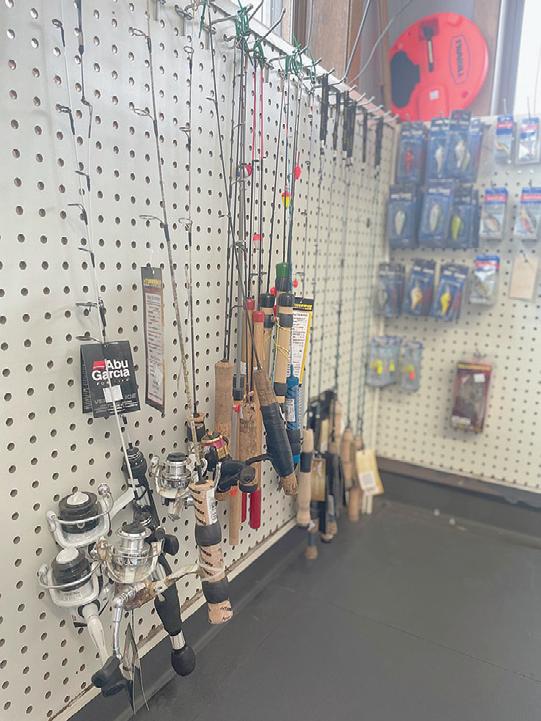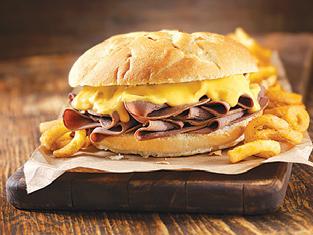























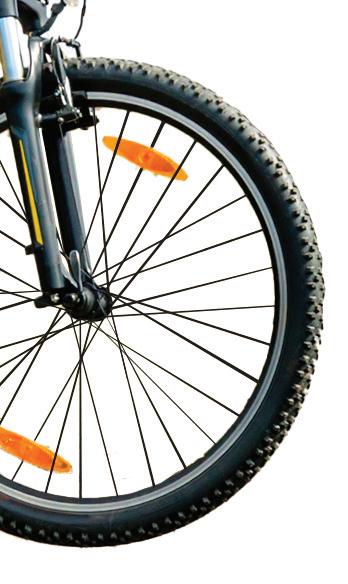










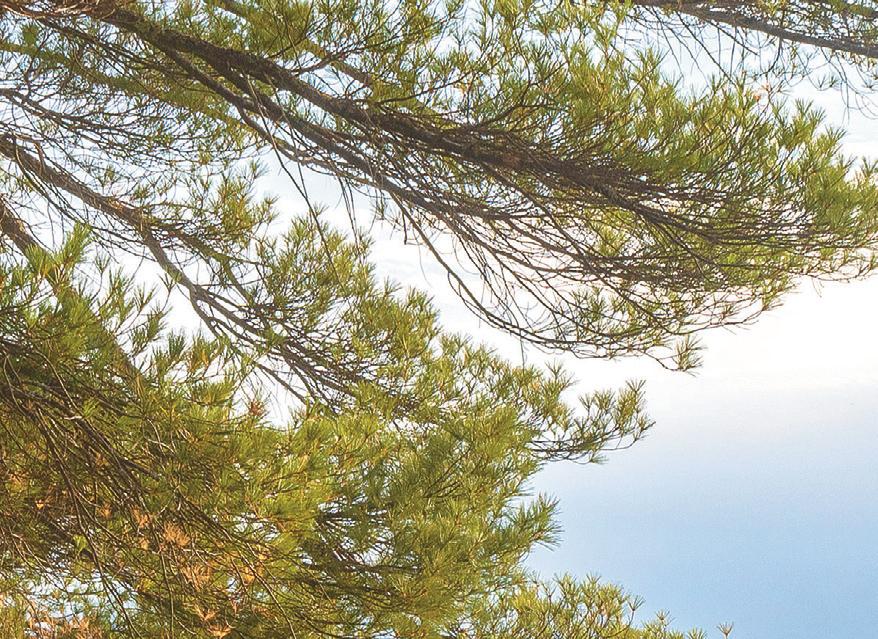
















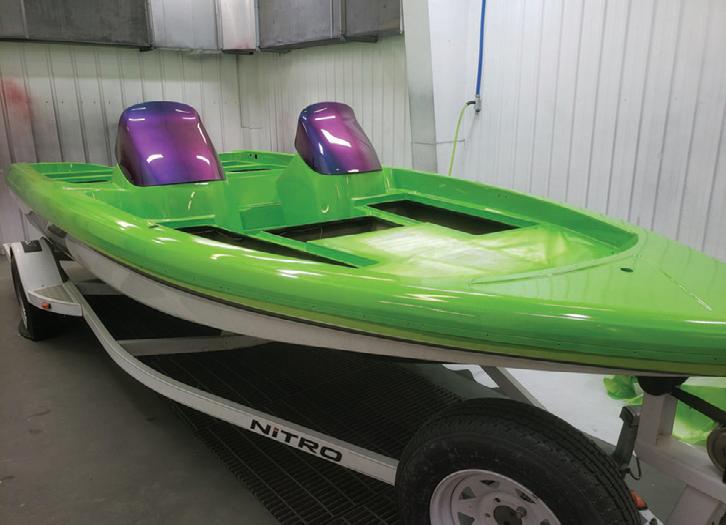










































































For Grant and Ashley Schnell, winter is all about the calm, the sense of quiet that comes with a fresh mantle of snow, the crunch as icy crystals break under foot and the bright white that freshens the woods.
“The snow just makes everything new,” Ashley said.
She and Grant work to provide innovative ways for people to enjoy winter outdoors. They


hand-craft custom ski pulks for hardcore winter enthusiasts and those new to winter recreation alike.




The pulks, sleds designed for pulling gear, are customized with fins, poles and harnesses for each user, and many of the customized pieces are crafted in central Minnesota. Their customers range from families pulling bundled kids on cross-country ski trails to those trekking the Arctic Circle.



For the couple, the love of the outdoors first sparked their involvement in the SkiPulk company when they were in college. In 2011, when the previous owner retired, they bought the business from him. Today, they enjoy winter sports and outings with their children
Laney, 5,




and Auria, 8.

3 Passion leads to career Rice
5 Custom bikes
Alexandria
7 Archery team hits targets Sauk Centre
9 The good life
10 Raising the next generation of golfers
Melrose
12 Crafting smiles one spoke at a time
Little Falls
15 Sauk River aquatic experiences lead to recordsetting paddle adventure
St. Cloud
Supplement to Benton County News, Star Post, Sauk Centre Herald and Sauk Rapids Herald



They participate in everything from winter camping to skiing and snowshoeing. Occasionally, they can be found winter camping in their own backyard. Their newly acquired ICE BOX igloo maker company helps them make igloos when they are not using a tent. For their children, daily activities outside are a way of life.

“It’s exciting for them to explore all the things covered in snow,” Ashley said.

The Schnells said beginners should start with small outings. A good base layer and a good pair of socks are the key to creating comfort in the outdoors for kids and adults alike. Grant recommends families begin with small expectations in the beginning and work their way up to more complex or longer activities.

“Don’t plan on going 7 miles in one day; a simple 20-minute walk might be plenty,” he said.










The Schnells spent time at the Mississippi River County Park when their children were young.
They pulled ski pulks behind bikes, cross-country skis and snowshoes.
Before children, the Schnells did not let weather stop them. They went winter camping in the Chippewa National Forest, skiing into their site and staying for a few nights, returning to their car to shovel to get back on the road. They have also done winter camping in the Boundary Waters.
Their customers have traveled from the North Pole to the South Pole and the Ungava Peninsula in Canada.
Ashley said the adventure is whatever people can dream up.
“It’s fun to be able to provide these products for people to get outside,” she said. “It’s fun to see the things
they get out and do with the products we provide to them.”
The Schnells sell to not only enthusiasts and families but also people out for a weekend trip with friends.
Ashley said some may bring a wood stove and other heavy equipment that becomes cumbersome in a pack.
“It provides new opportunities that people maybe didn’t know were out there,” she said. “They’re able to do some of the things they weren’t able to do before.”
In the last two years, the business has taken a major turn.
Ashley works from home and runs 90% of the ski pulk business. She also began the igloo tool business as well. Prior to this year, the couple both worked full time out of the house and built pulks at home in their shop until midnight.
Pulks are designed with harnesses depending on the user. They can be equipped with fins for tracking as well as covers and duffle bags. The base pulks come into the shop, and the Schnells attach the hardware so people can pull them. Once customized, the end product is shipped across the lower 48 states as well as around the world. The snow clipper and the clipper XL are designed by SkiPulk and manufactured in Little Falls. The fiberglass expedition sled is manufactured in Melrose and customized in the shop. Sewing is handled by a company in Grey Eagle.
The pulks are optimized when heavier items are placed low to the ground and other gear surrounds them. When creating their unique designs, the Schnells said they listened to feedback from customers and designed sleds that are not much wider than foot tracks and some with runners the same width as groomed cross-country ski trails for ease of use.

Winter page 4

Winter from page 3














Their customers use the pulks to pull everything from extra clothing and insulated sleeping pads to camp stoves and children for a backcountry fishing trip or a snowshoe adventure to a wooded cabin. The Schnells said others have used the sleds in early spring for collecting maple syrup as well as for fur hunting. The Schnells said the pulks are also used by mountaineers hauling gear to base camp and by those snow-kiting. They have even had customers who are ultra-marathoners who go on foot, ski and bike during self-supported races. The pulks have been used in expeditions to Northern Canada as well as by a customer crossing Antarctica on a bike.



the Schnells works to customize their pulks and ship within four to five days from the time of the order.





During the summer, the couple focuses on stockpiling things like pole sets – the most labor-intensive piece of their work. They glue the ends on the poles, drill and pin them for added strength, and attach eye bolts or ball joints on the ends that attach to the sled and harness.


Their website also has a guide for do-ityourself customers designing their own, custom-made pulks.

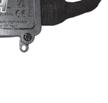


























Grant said much of their business travels through word of mouth in circles of people who have an interest in winter activities. He said the community is welcoming and willing to assist others with recommendations on gear and adventures.
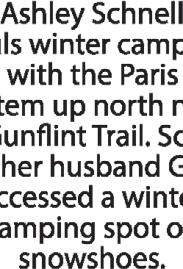







The Schnells do not tire of the changing seasons; they adjust their activities to keep their friends and family outside.

“The snow is always welcome here,” Grant said.




E-bikes make up half the business at central Minnesota bike shops. The bikes are gaining in popularity as riders purchase them to keep up with friends and family who train for races or long-distance rides. The bikes also provide riders with confidence, allowing them to travel as far as they would like knowing they can be assisted on the ride back.
Purchase an e-bike from a reputable dealer who carries well-known brands. Less expensive and lesser-known models can come with batteries more prone to fires.
Take care when charging the battery for an e-bike. Batteries should be charged inside a fire proof box and charged under supervision, not overnight. Batteries should not be charged longer than recommended by the manufacturer.

Today’s bike options are as customized and different as today’s bike riders. There are bikes to fit every body type and athletic ambition.
“It’s so different than it was back in the ‘80s; there was a bike and it was a bike,” said Logan Hanson of Jake’s Bikes in Alexandria. “Now, there are enduro bikes and cross-country bikes and gravel bikes. People are finding the things they really enjoy doing, and com-
panies are creating bikes that do that really well.”
Staff in local bike shops are experts in their field, knowledgeable about today’s options and there to answer customer questions to find the best fit for each person.

“Our job is to help solve people’s problems,” Hanson said.
Those challenges could range from balance issues to back pain to people who pedal with their hands instead of their feet.




“There’s really no limit to how we can adapt
and figure out bikes for people,” Hanson said. “That’s my favorite part of the job. We deal with people who don’t feel comfortable and don’t feel confident and have given up on bikes. That’s a cool part of our industry. It’s very inclusive, and it’s continually adaptive.” Road bikes, mountain bikes and hybrid comfort bikes make up three of the largest bike categories. Each category has subsets and branches and offer e-bikes, which Hanson said are allowing families, couples and friends who have never ridden together to do so.
Custom Bikes page 6

Class one electric bikes do not have a throttle but assist up to 20 mph. Class two have a throttle and assist up to 20 mph, and class three assist up to 28 mph with no throttle.
Dave and Susan Sperstad own Touright Bicycle Shop in Little Falls. There, Sperstad works to figure out what type of riding his customers like to do so he can find the right bike for their use.
Road bikes are built for people who want to ride hard, fast and for long distances for exercise. The bikes are light and create an aerodynamic position for the rider. Fitness bikes
within this same category offer a more upright seated position and flat handle bar so the user can get a good work out without being bent over. These bikes are offered in carbon fiber, steel and aluminum frames. Mountain bikes focus on the width of the wheels and the size of the flat handle bars. The bigger the tire, the more equipped the bike is to climb over ruts and rocks. The gears are different on a mountain bike and may offer the rider up to 12 speeds in the back and one or two in the front. These bikes typically have a shock to aid in comfort and efficiency. Brands of-
fer a shock in the middle of the frame, known as a full suspension bike, that helps riders maintain control on trails, keeping the back wheel on the ground. Styles

offer a dropper post with seat positioning, allowing the user to switch easily between sitting and standing while riding.




Comfort bikes place the rider in a seated, upright position. These bikes are easier to pedal and provide added stability for the rider to pedal more slowly, making it easier to keep pace with younger children. Comfort bikes may have up to seven speeds or have gears in the back and are built for smooth riding. Pedaling is less efficient when it comes to revolutions per minute.
When it comes to choosing a bike material, Sperstad said carbon fiber is the lightest and most efficient material that absorbs shock but is also expensive.










Sperstad said steel


frames are made out of an alloy steel mixture to make the frame heavier than carbon. The bikes absorb some shock, making the ride a little easier.
Aluminum frames are in between carbon fiber and steel when it comes to weight, but the shock is felt more by the rider.
Sperstad said companies offer aluminum frames with a carbon fiber fork to bring the cost down and absorb more of the impact of the road.

When it comes to repairs, there are a number of things for riders to keep in mind. Carbon fiber is expensive to repair, and it is almost always cheaper to purchase a new bike,
according to Sperstad. Carbon fiber cannot be recycled. Aluminum and steel can be recycled and repaired.

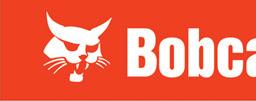


Sperstad said the user gets what they pay for, and inexpensive bikes purchased at big box stores cannot be repaired.
No matter the type of bike, getting the right fit for the right use is important, and experts said the correct choice can extend the enjoyment of the ride and keep people biking longer.





“I start by wanting to know where they’re going to ride and how they’re going to ride,” Sperstad said.
























Jeff Schuster and Greg Tamillo started the Sauk Centre Archery Team nine years ago with a group of 18 students. Today, the team has more than 100 members and has qualified for national competition.
“This is a sport anybody can do,” Schuster said. “Every arrow they send down range, that arrow helps their team.”
The team includes youth from grades four through 12 as part of the National Archery in the Schools Program. The participants are part of one team but split into age divisions.
Coaching the team along with Schuster are Brian Borgerding, Scott Duchene, Nikki Duchene, Amanda Goerdt, Steve Ruegemer and Michelle Ruegemer.
Schuster said students work toward an individual score, but those individual scores also contribute to a larger team score. The sport provides a place for kids who are not interested in other sports or fine arts. And, the sport is growing. In April, Schuster will train new coaches in Mankato.
“The growth is really cool, and we’re sometimes scrambling to keep up with it,” Schus-

ter said.
This year alone, they expect more than 1,200 youth to participate in the state tournament.
“We provide a platform for some of the kids who get missed a bit,” Schuster said. “We help get them pulled in. They get involved, build (team spirit) with their friends and it gives them a sense of belonging.”
Schuster said it is not uncommon to see the high schoolers giving piggyback rides to the fourth graders.
“That relationship of having older kids and mentors is one of the really cool benefits we’ve seen with this program,” he said.
The team practices Tuesday and Friday mornings at 7 and then again Monday and Thursday evenings. They have tournaments on Saturdays.
In the beginning, Schuster said students had to travel across the state to find tournaments. But now, there is a core group of schools that participate.
The contingent includes Melrose, Sauk Centre, Alexandria, Osakis and Albany as well as Brandon-Evansville.
The Sauk Centre Archery Team participates in a regional tournament which will be held in Becker and a state tournament

which is set for Duluth. The season runs from late November through March.

Last year, the team qualified for the national tournament, and 24 of the students traveled to Kentucky to compete in midApril.
Though anyone and everyone can be involved in the sport, Schuster said it takes hard work and dedication for kids to get good at archery. Students can score up to 300 points at a tournament, and Schuster said it is not uncommon for kids to be nervous during their first shoot and score in the 100s. However, kids who have been with the program since its inception are shooting in the 290s.


“It’s really amazing when you consider the academic nature of the sport and the accuracy required to do that,” he said.
Students train for form and consistency.
“It requires a lot of repetition on their part,” Schuster said.
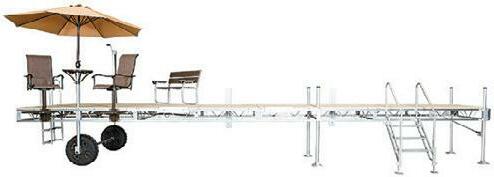
Through the years, Schuster said he has developed a relationship with his archery students.








“One of the hardest things for me every year is to watch our seniors graduate,” he said. “You get to know the families, and we’re got some amazing student-athletes.”
Each year at the school’s home tourna-
ment, Schuster said he welcomes back alumni and coaches who shoot with the team.
“It’s a labor of love,” Schuster said. “We enjoy what we do because we know it’s good for the kids.”











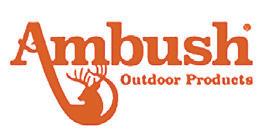



















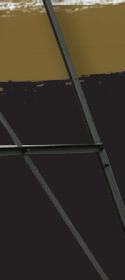



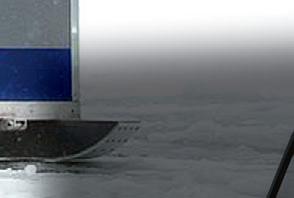







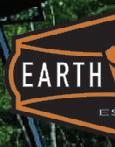










 BY SARAH COLBURN | STAFF WRITER
BY SARAH COLBURN | STAFF WRITER

In the beginning, Jan and Jen Lasar ventured on seven- to 10-day biking trips with just what they could carry on their backs. It was a time when hauling a paperback book was considered a splurge.

“We could make life happen with about 30 pounds of gear which we split between the two of us,” Jan Lasar said. “You have more endurance than you think, and you need less stuff than you think you do.

Lasar is now the owner and publisher of Minnesota Trails and spends his days telling adventurists about interesting treks throughout Minnesota. His readers include outdoor enthusiasts who walk, run, hike, bike, snowshoe and ski. The magazine provides in-depth highlights of parks and trails throughout the state.
Lasar’s goal with the magazine is to carry on its legacy that began with the magazine’s founder.
“My hope from day one is that somebody will pick up the magazine and read some of the stories in there and be inspired to do the same thing,” he said.
In the early days, Lasar and his wife packed up their gear and donned their comfiest clothes, sweatpants and baseball caps. They packed their bikes, rigged up a rack system and attached bike bags made by Lasar’s sister-in-law.

“We looked pretty thrown together,” he said.
Though they have never splurged for the latest and greatest gear, there was a time the couple invested in lightweight gear and specialized clothing. But now, Lasar said when they get off their bikes to eat, they look more like regular people.
They ventured on bikes for the first time in 2007 and headed from their home in Bowlus on a three-day, 130mile bike ride to Nevis where they stayed with relatives who drove them home the next day. The day before they left, they scoped out the trail in their car and brought bikes with just to see if they would be able to make it up the largest hill.
“I was so worried about just making it 50 miles on a bike with packs,” Lasar said. “After that trip, we both felt like we had accomplished something. The first one was a revelation.”
Lasarsaid they learned a lot along the way and have learned on every single trip since. They graduated from staying with friends to spending one night in a hotel and then, eventually, decided they could camp for as much as 10 days at a time.
They carried a reserve of rice and noodles in their packs in case they could not replenish groceries on their stop. They biked up to 75 miles a day before setting up a two-person lightweight tent and cooking equipment before sleeping for the night.
“You’re pretty vulnerable on a bike,” Lasar said. “You have to make it to your site, but you adapt and deal with adversity.”
Whether that adversity was a rain storm or a few flat tires, Lasar said they grew as a couple.
“What seems like a catastrophe at the time, you work out and find out everything is going to be OK, and that has been a good lesson for life in general,” he said.
The couple ventured with only a trail map outlined in marker; they had no internet on their phones to guide them.

They used vacation days to take two trips like that a year. The trips were planned around Memorial Day or Labor Day. While they outlined most of their trips, sometimes they did not know exactly where they were going to stay for the night.
“Usually, there was still a spot here or there to squeeze in,” Lasar said.
Lasar said he remembers the awe of one of his early
trips, enjoying nature and getting some pavement under his wheels.
“When we reached 100 miles, we stopped and I said, ‘Jen, we just biked 100 miles in two days. I never knew I could do this,’” he said.
On a chance encounter, Lasar biked with the former owner of Minnesota Trails, Dave Simpkins. By the end of that first ride, Lasar had his first writing assignment. The two spent two years working on the publication together, and Lasar took the magazine over in 2016.
Lasar’s trips look a little different now. He packs his camera and a notebook; he and Jen get on their gravel bikes and focus on taking great images and meeting people along the trails.
They have graduated to a travel trailer to set up a base camp, taking day treks from there to travel roughly 50 miles a day.
They camp 10 to 15 times a year, and Lasar always has a story brewing in the back of his mind.
“There’s more planning that goes into it now,” he said. “It’s more work now to go somewhere, but it’s also kind of interesting to revisit a place and look at what I experienced the last time we were there. It’s funny to see how we remember things differently.”



517 yards. The course touts 15-inch holes in addition to the traditional 4-1/4-inch holes. They also offer free golf to age 12 and under who play with an adult.













– Those who have not golfed before can begin at the driving range. It is an inexpensive way to get started, have fun and practice hitting the ball.








– If you have not golfed before, be sure to hit the course with a friend or family member who has. It is a great way to learn the safety and etiquette of being on a course.
– Though Meadowlark Country Club does not have lessons available, golf professionals do host lessons at area courses. Often times, older members are happy to share tips with those new to the game.
















Nietfeld often stops parents and grandparents as they are heading onto the course, kids in tow to come along for the ride, and hands the kids a set of clubs and welcomes them to play.
BY SARAH COLBURN | STAFF WRITER







The people at Meadowlark Country Club in Melrose do not simply talk about their commitment to raising the next generation of golfers, it shows in every hole on the course.

Jonathan Nietfeld is the club manager and a social studies teacher at Melrose High School. When he is not in a classroom, he can most often be found at the course. Though the course offers traditional play, it is also designed to encourage kids to give golf a try.

“We’ve been around since 1962, and we understand that people who started the club wanted to get their kids involved,” Nietfeld said.
“In order to get that going through generations, we have to keep them involved no matter the age. The majority of people understand the importance of having future members of the club.”
At Meadowlark Country Club, the orange tee boxes for kids are anywhere from 55 to 186 yards from the hole rather than the traditional 154 to
Nietfeld has clubs for 5-year-olds and clubs for 12-year-olds, and putters for kids who want to focus on the greens.

“It’s just important to be out there and hit a few,” Nietfeld said. “Getting the youth involved has always been a focus. It’s kind of fun to see.”
The first person ever inducted to the club’s hall of fame was Henry Loxtercamp, who introduced the game to his grandson decades ago. That grandson, Terry Braegelmann, now in his 50s, is also in the club’s hall of fame.

“It just shows the history and the importance of getting generation after generation involved and it’s come to fruition,” Nietfeld said.
A decade ago, when the club put in the orange tees for youth that also serve as a par 3 for adults, they created score cards for kids.
“Ultimately, we wanted to have kids be able to tee off closer to the green so they can play the full hole and not be rushed to pick up their ball when their parents are done,” Nietfeld said. “Kids can play a hole just like their parents or grandparents play.”
The tee boxes and larger holes all help kids succeed next to the adults, Nietfeld said.

“It just feels good,” Nietfeld said. … “It helps kids tee off and complete the entire hole and keep on pace of the course.” Nietfeld said the idea has benefited all generations.
“It’s just as much of a joy for the parent or grandparent,” he said. “They gain great joy in being able to bring their grandchildren out to have fun
with them on the course and get them to understand the rules of golf and the etiquette of golf and have fun with the game.”
Nietfeld and club leaders encourage the teaching and learning experience.
In years past, the club has offered a week-long summer camp. While Nietfeld anticipates that may be a possibility this year, a new head coach is joining the staff and will ultimately make the decision.
Through the years, Nietfeld said he has seen a positive change on the golf course.

“It’s more of a social event as well as a competitive event,” he said. “It used to be a lot more intimidating and less welcoming.”





Nietfeld said the game has changed for adults, too, as clubs have added more scrambles and stroke play, allowing people of all ages and ability levels to become involved.
“You don’t have to be a good golfer to enjoy the game of golf,” he said. “It’s just being outside and enjoying nature and being away from screens for a while.”




















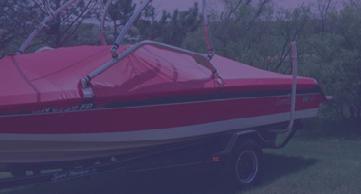
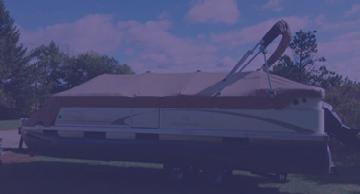

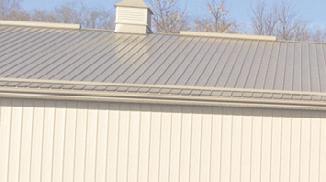


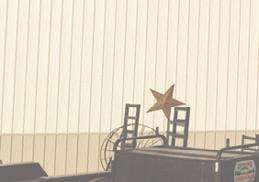







 BY SARAH COLBURN STAFF WRITER
BY SARAH COLBURN STAFF WRITER




Dave Sperstad never knows how many old bikes he is going to find sitting on his front lawn or outside of Touright Bicycle Shop.
Customers and community members alike know he takes in previously owned bikes to refurbish for people who cannot afford to buy one.


“I have gone out in the morning and there have been five more bikes than there were the night before,” Sperstad said. “They’re kind of like rabbits; they multiply.”

Sperstad launched Little Falls Bicycles, a 501(c)(3) nonprofit, to make it easier for people to donate the bikes. Through the years, he estimates he has given away more than 100.





“I enjoy seeing people smile, and everybody smiles on new bike day,”
Sperstad said. The existence of the program is spread by others; Sperstad does not distribute fliers or posters, does not have a donation drop box or even a sign. People know he will take in bikes and do his best to repair, refurbish or recycle.





Sperstad cleans each bike and makes needed repairs and maintenance. Or, when a bike is too far gone, he salvages the pieces, removing wheels or bike seats that could be helpful on other donated bicycles. Then, Sperstad coordinates with someone who picks up the remainder for recycling.
Occasionally, a bike may end up on the sales floor, but that is not the end goal. All the bikes that come in need labor to improve the quality for the end-user to ensure they receive something of value.

“Sometimes, I might put stuff into it, new or used parts as necessary,





to make it safe and legal to ride,” Sperstad said. “I may actually sell it and justify that because what



I give away.”
The recipients of Sperstad’s bike giveaways are vetted through local organizations that help those in need. Sperstad began the non-profit so he could give tax receipts to those who wanted one when donating their used bicycles to the cause.
Sperstad said his mission is two-fold, not only giving bikes to those who cannot afford one but also keeping bikes out of the landfill.

Sperstad is on the hunt for a space to keep donated bikes as he works to keep bikes out of the elements as donations come in.


The bike donation program is something Sperstad has always done since opening his shop.
“I’ve been here awhile, and that’s just the nature of who we are,” Sperstad said. “I used to be a pastor, and I was raised to help those that I can when I can. So, I guess I’m a giving kind of person and people know that.”
The store’s tagline

is, “We want to help you ride right,” and to Sperstad, that means doing his best to fix any bike brought into the store. It also means he donates unsold helmets to a school program.

Sperstad once taught a child how to
fix his bike after it was stolen and found in the river.
“It wasn’t work because we worked on it together,” he said. “Seeing his smile when he got back on his bike and rode away was all the payment I needed.”
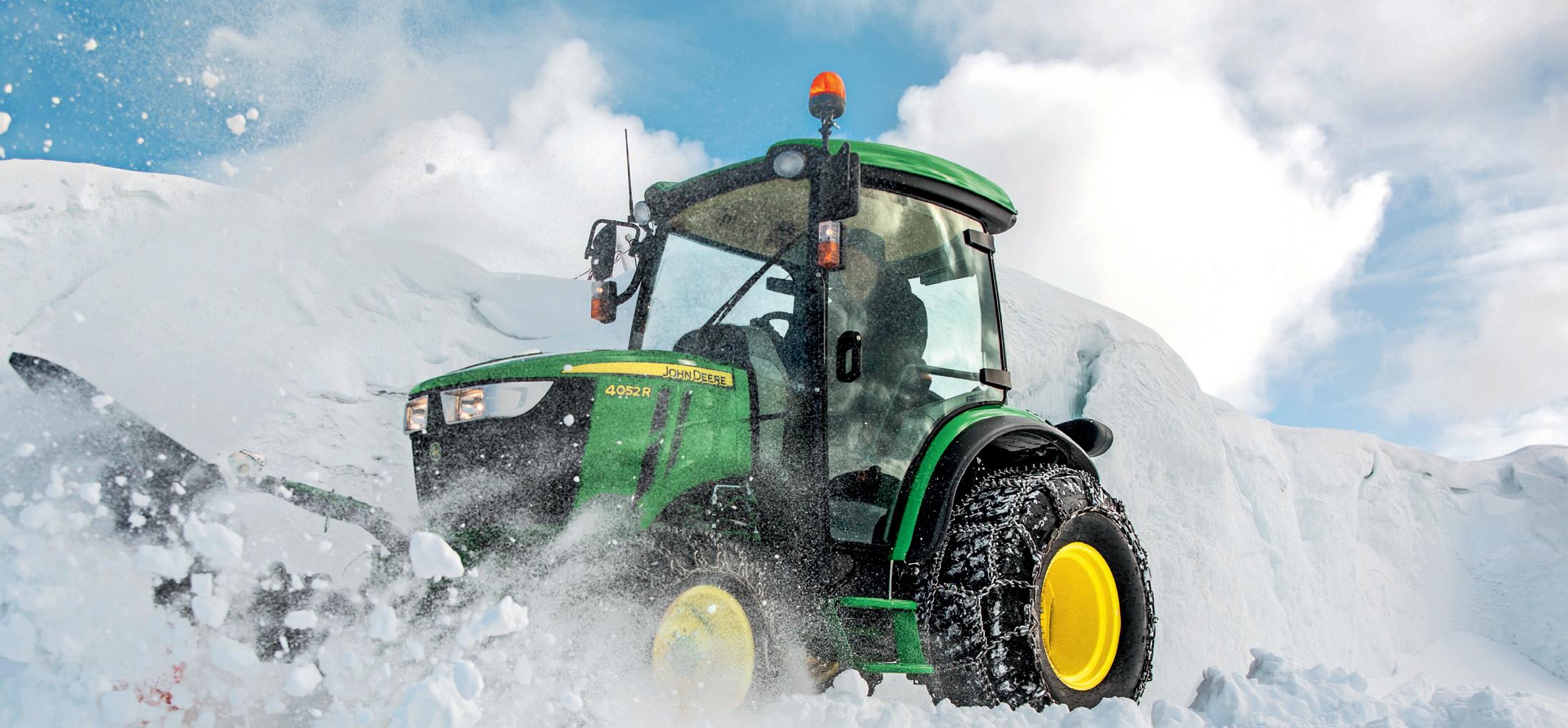








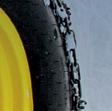





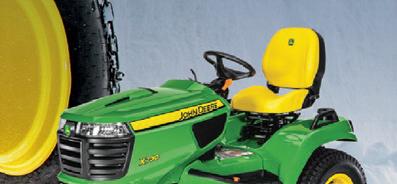



















Moments of outdoor beauty are often encountered by members of Mississippi Speed Record, four canoeists who want to set a new Guinness World Record for paddling. St. Cloud native Todd Foster is the group’s lead adviser of a team that will attempt to set a new fastest time down the 2,300mile waterway in May.



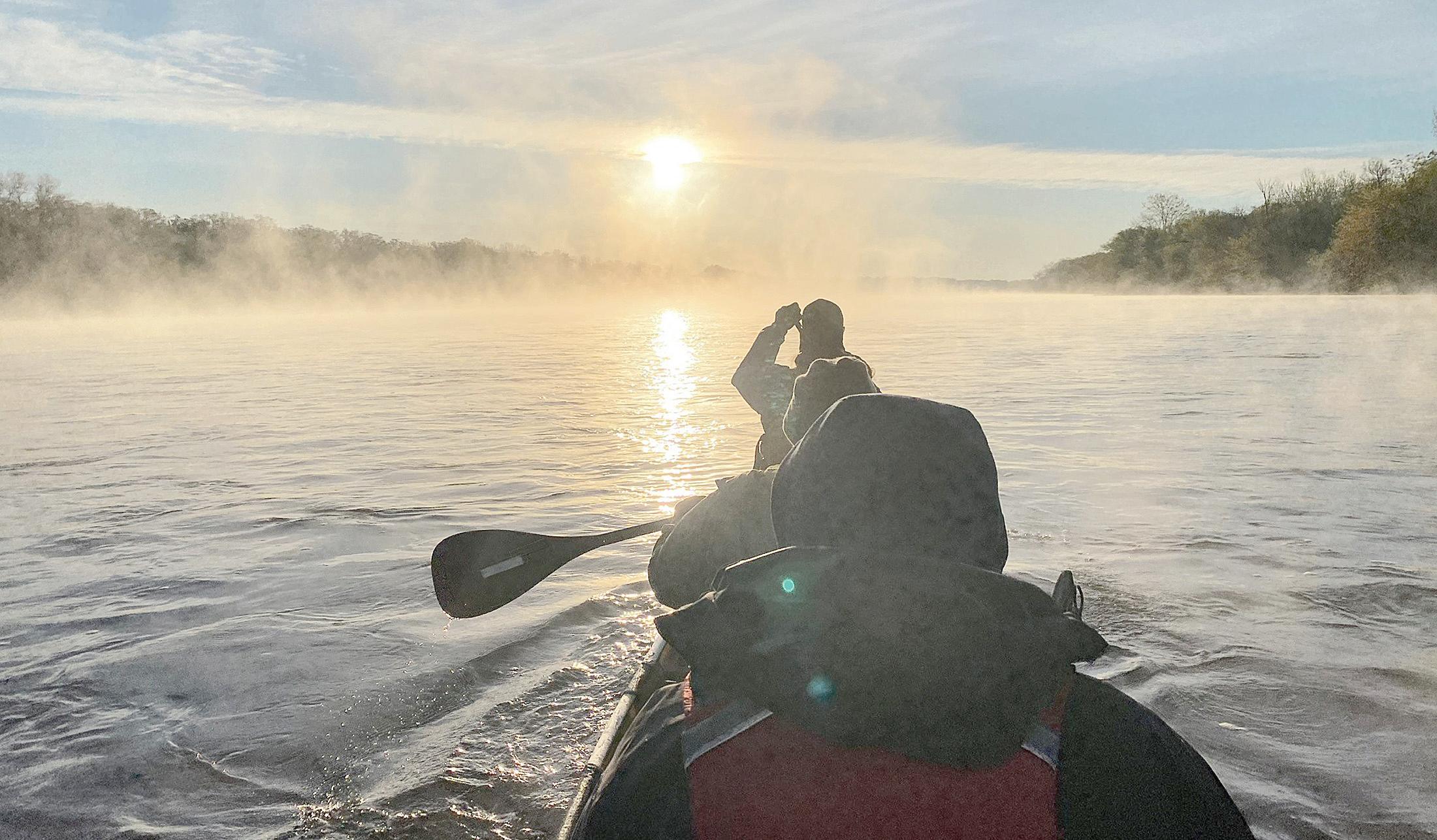

Todd Foster grew up on the Sauk River in St. Cloud and paddled it as a member of Boy Scouts Explorer Post 7. His continued affinity for outdoor recreation has fostered many aquatic adventures.

For example, if Foster wanted to go canoeing, and his friend Scott Miller was not available, Foster drove himself upstream and put his canoe in the river. Then, he happily paddled home to St. Cloud. Later, he picked up his car.
Miller, who lives in Minneapolis, is team leader of “Mississippi Speed Record,” a group of canoeists who will attempt a Guinness World Record in May.

The team’s goal is daunting: Paddle the 2,300-mile Mississippi River in the fastest time.
Foster will serve a lead adviser for the record-setting effort, working with financials and sponsorships as well as serving as media contact for the four-man canoe crew.
People have been setting and break-



ing the record for fastest paddle down the Mississippi since 1937. The current record of 18 days, 4 hours, 51 minutes was set in 2003.
The record is recognized by Guinness World Records under the title “Fastest time to row the length of the Mississippi River by a team.”
Foster and Miller’s friendship grew at Many Point Scout Camp in northern Minnesota. They also became business partners, running North Wind Winter Adventures.




A Boundary Waters Canoe Area Wilderness visit sparked dozens of trips over the years, including a trek of more than 2,000 miles from Minneapolis to Hudson Bay.
That 2005 adventure commemorated the 75th anniversary of a trip by journalist Eric Sevareid and Walter Port chronicled in the book “Canoeing with the Cree.”
Foster and Miller have paddled on the Snake River in Wyoming, the Missouri River in Montana, the Buffalo River in Arkansas and numerous rivers in Minnesota.
In 2021, Miller led another four-man team that attempted to set the Guinness World Record for fastest canoe trip down the Mississippi River. Foster also served as the lead adviser for that attempt. The team built a lead of seven hours over the existing record by the time they reached Louisiana.
After paddling more than 16 days non-stop, the team was between Baton Rouge and New Orleans when they encountered ferocious headwinds over 30 mph. The team’s lead dwindled to two hours. Just past midnight, the waves became too much. They were rescued by a safety boat as their canoe was swept away.
Foster met Miller and the canoeists a couple of times during that record attempt.
“Even at 11 p.m. or 3 a.m., people were coming out to see them,” Foster said.
For the upcoming attempt, Miller and his team will go live daily online when they have cell phone coverage.

Miller said the team has a March training trip set for southern Iowa and Missouri. That trip is important because it
will serve as a dress rehearsal for the May attempt.
Setting a new record will require travel through all 28 U.S. Army Corps of Engineers lock and dams, Miller said.
The team will encounter high-priority, wave-producing barge traffic day and night.
“When you are going for speed, you want to stay in the main shipping channel,” Miller said. “Barge traffic is frequent. The challenge is it’s dangerous and difficult enough during the day. When we start paddling all night, that’s when it gets really crazy. That’s why we are so lucky to have safety boats.”
When they are not busy with record-setting attempts on the Mississippi River, Foster and Miller run Two Paddles Canoe & Kayak Races, an endeavor that promotes paddling.
“Last year was our first year of putting together a race series,” Foster said. “This will be our second year. Right after Scott gets done trying to set the world record, we’ll have a series of races on the Mississippi in the Twin Cities and Brainerd. Creating awareness about canoeing is what our races are all about.”


